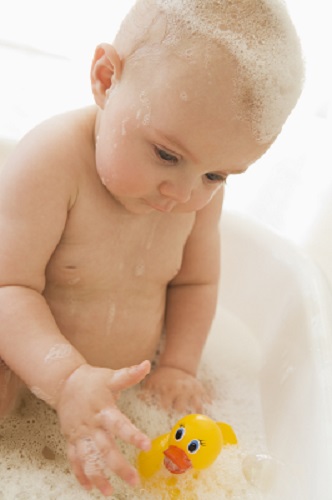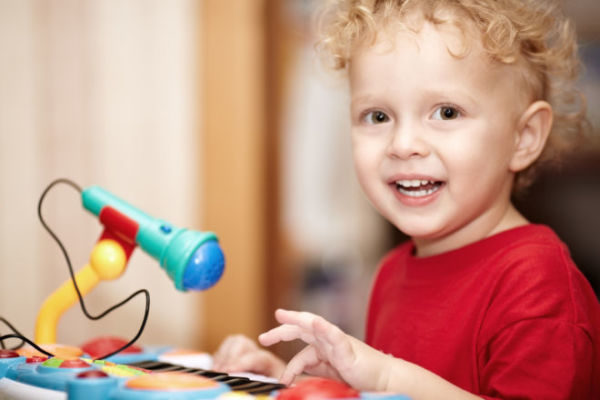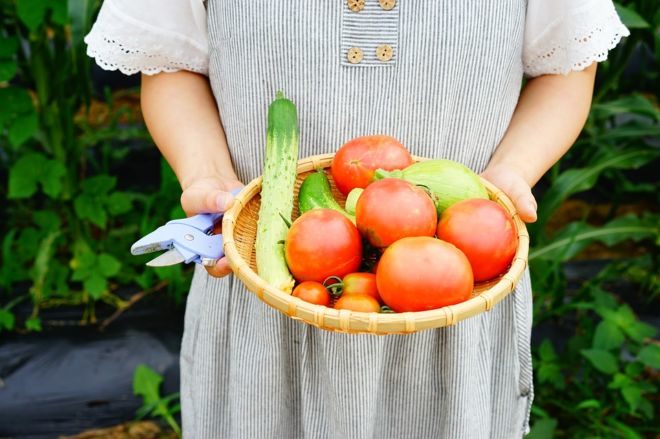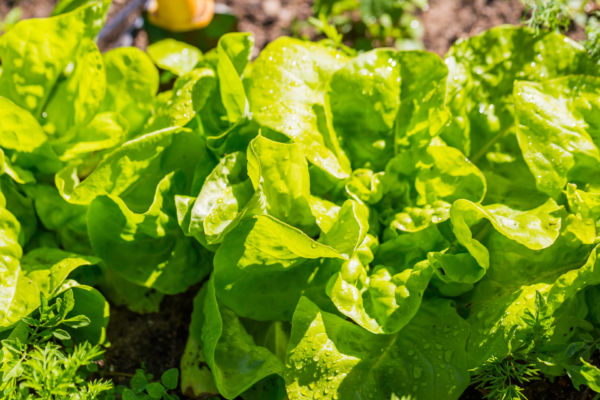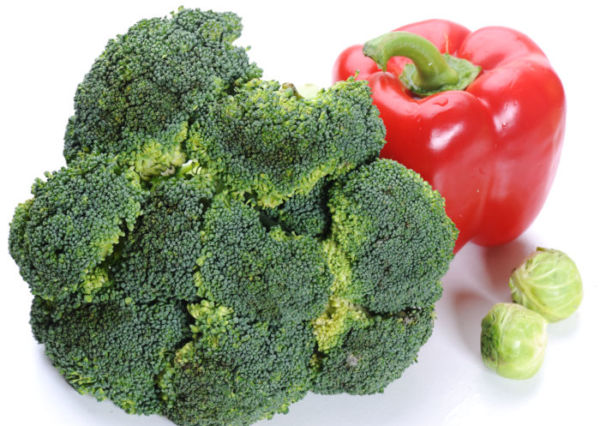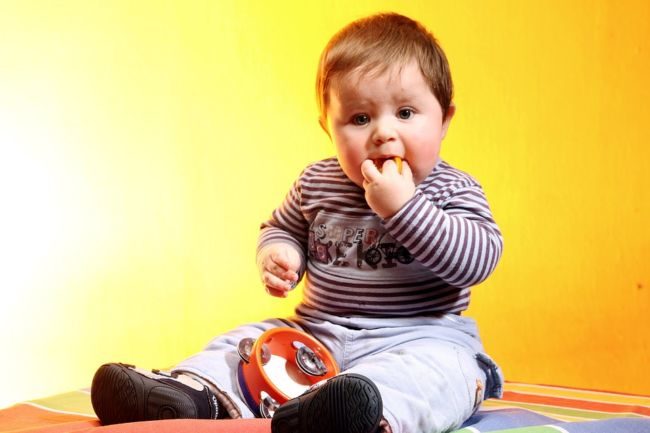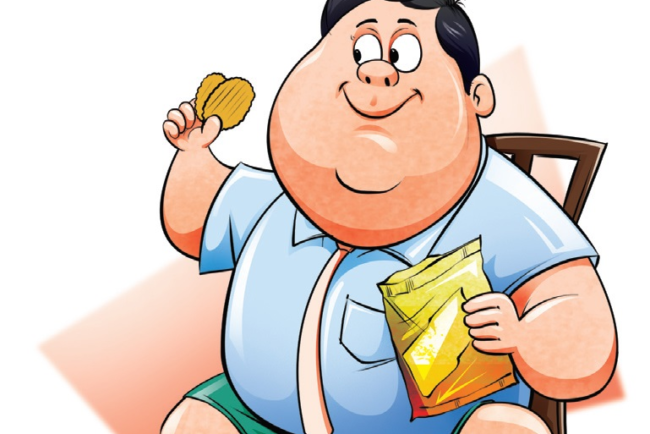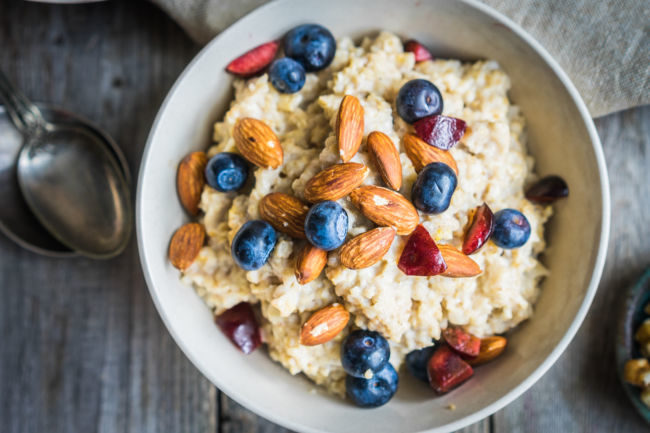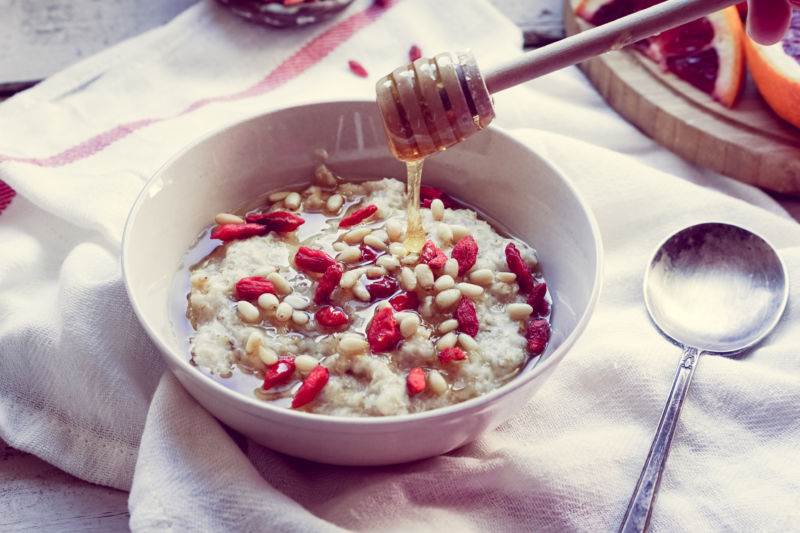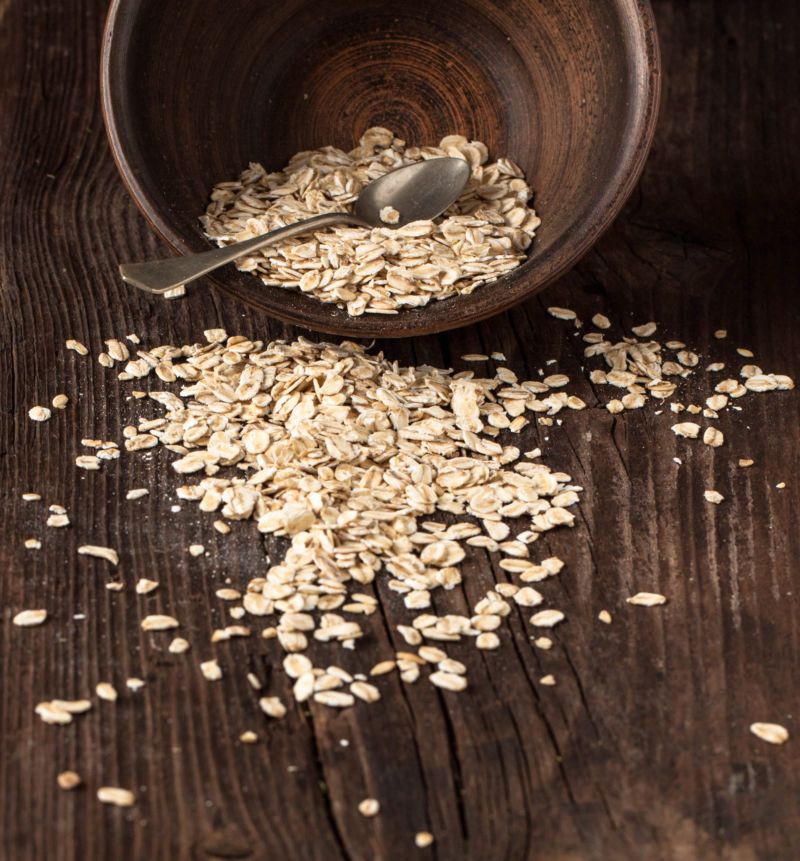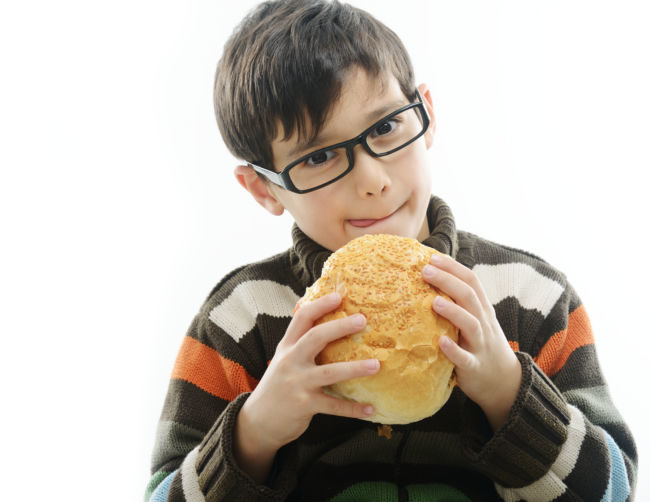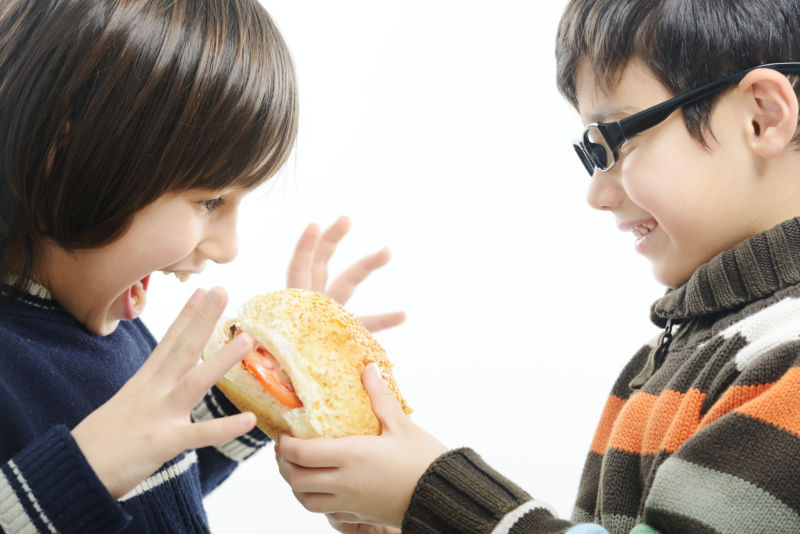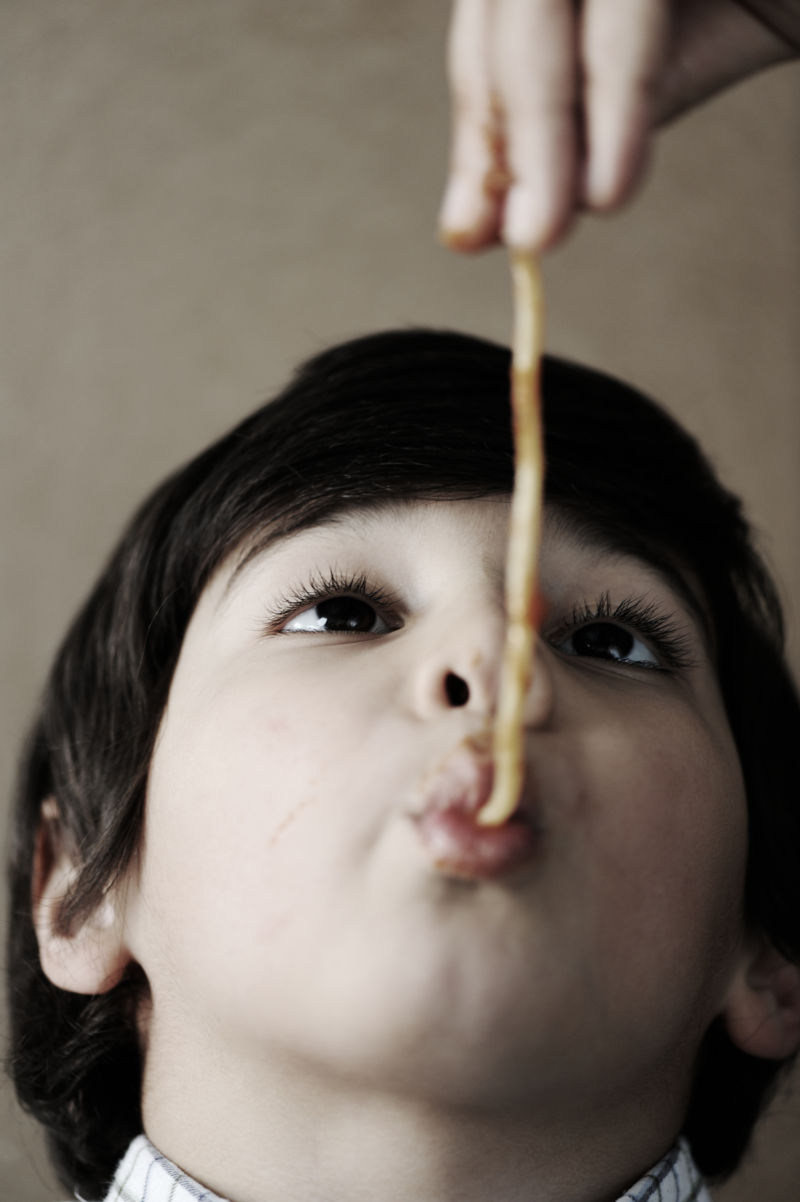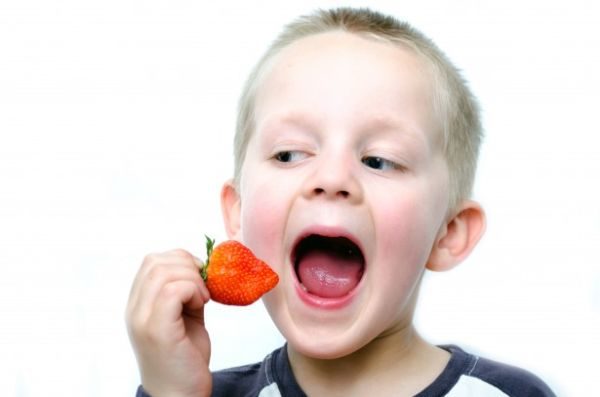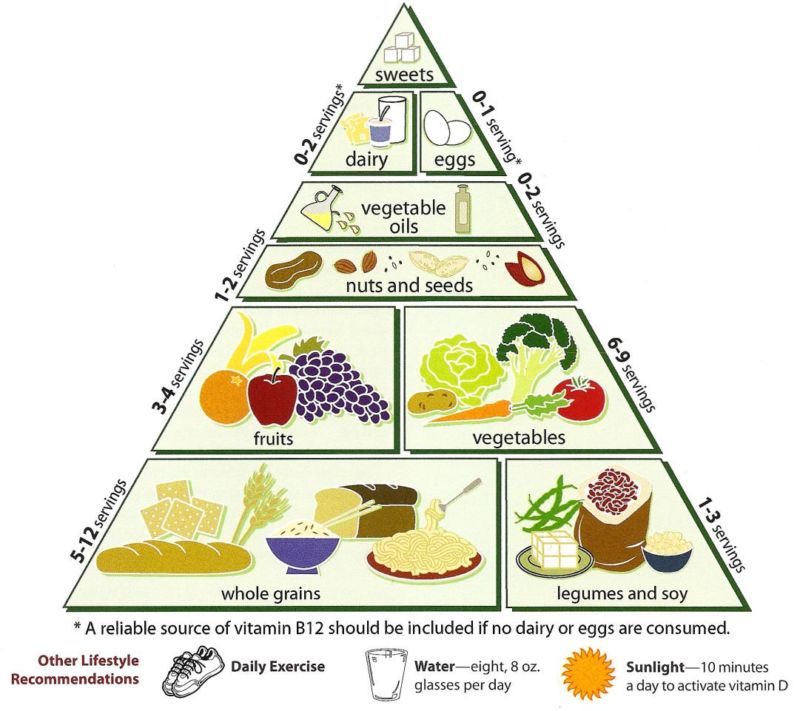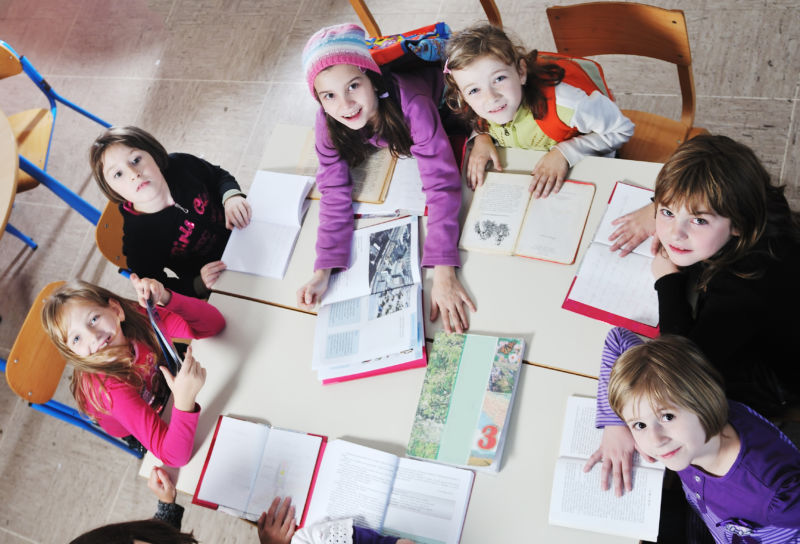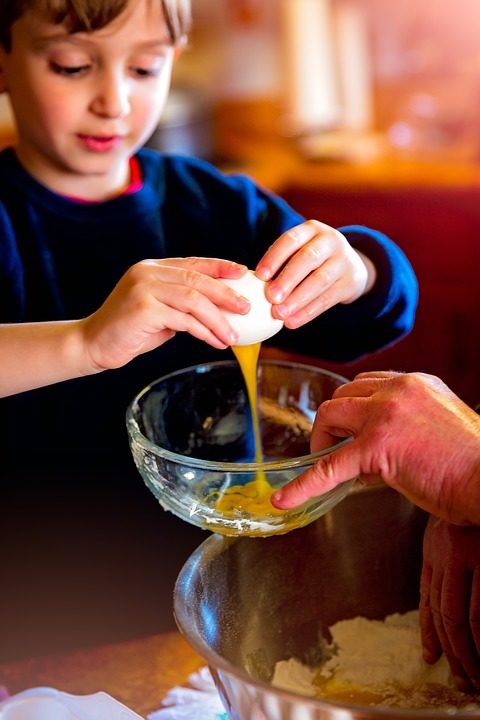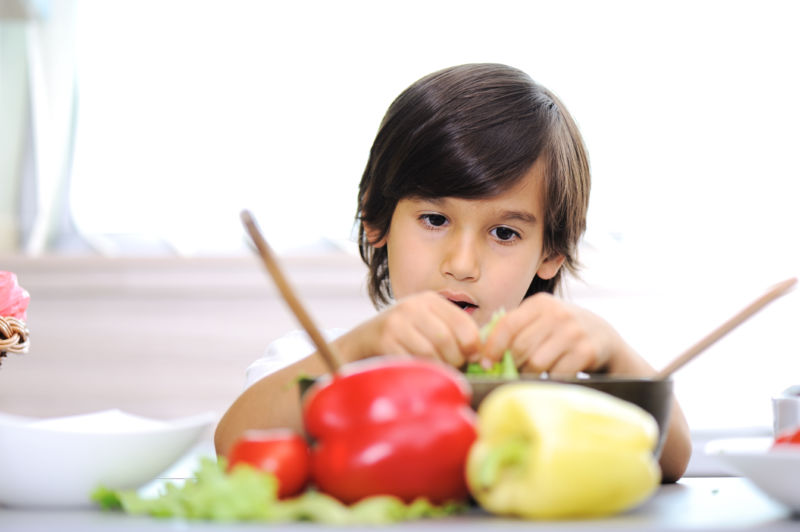Why Bedtime Routine for Baby is Important?
As soon as possible, you should start a bedtime routine with your baby. You can start when the baby is six to eight weeks old, and your baby will surely reap benefits from the early routine setup. Establishing a stipulated system will make your baby appreciable of the consistent pattern. The baby will be comfortable knowing beforehand what is it follow next. This would facilitate better and faster sleep for your baby. Even without your presence in the house, make an attempt to maintain the routine of the baby. And when you try to settle down your baby in a new place, the bedtime routine will ease the baby.
Some tips that you can involve in organizing the routine of the baby are giving your baby a bath, helping him to get into pajamas, telling stories, or playing a game. Select activities that soothe the mind rather than those that excite the mind, because they would help your baby to fall asleep faster.
Keeping track of a baby by following a bedtime routine is beneficial to both the parents and the baby. At the fag end of the day, the routine gives an opportunity for the child and the parent to create a special bond between them. Following are a few ideas worth a try:
Light Exercises
At times you should allow the baby to let his stored energy to escape before you settle him down. Two good ways to do so are bouncing in a bouncer or on a knee or having a ride on a horse. When the excitement is done with, change into an activity that is quieting and relaxing. Follow this only when your little one goes to sleep effortlessly during bedtime, or it might be too much excitement for him.
Warm Bath
A warm bath cleans the baby and makes him relax. Then again if you see that your baby can not adjust with a bath at night and feels uncomfortable and can not go to sleep, then it would be prudent to strike it out from the list of bedtime routines.
Bedtime Activities
Indulging in some quiet playing games can bring some fun moments to the bedtime ritual, like a floor game, stacking blocks, or peek-a-boo.
One of the most famous bedtime routine that almost all parents do is reading stories to the baby at night. This ritual has many benefits– it introduces your baby to the new world where he would grow up to be through a huge vocabulary and is a step towards acquiring skills of language.
Singing is another idea. Sing a popular song and let the process grow into a tradition in your family. By and by your baby will understand that when the song ends its time for him to get some shut-eye.
On the way to the bed, bid good night to inanimate objects in the house like favorite toys and other items. You can also include pets and other family members– this way your baby will get acquainted with the various things in the house and would begin to understand and identify things by their names. Because they would be his childhood playmates for sometime, leave out no stuffed toy.
A host of other activities could be included in your bedtime routine. Indulge yourself and the baby with the fun methods and let them be a great time for the two of you.




